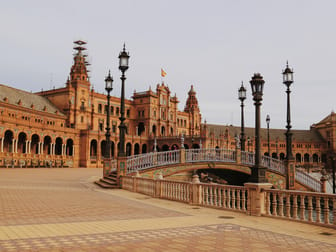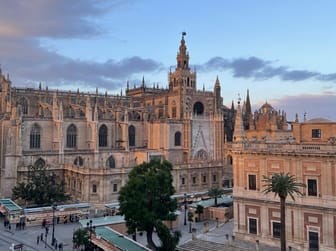Real Parroquia de Santa María Magdalena de Sevilla
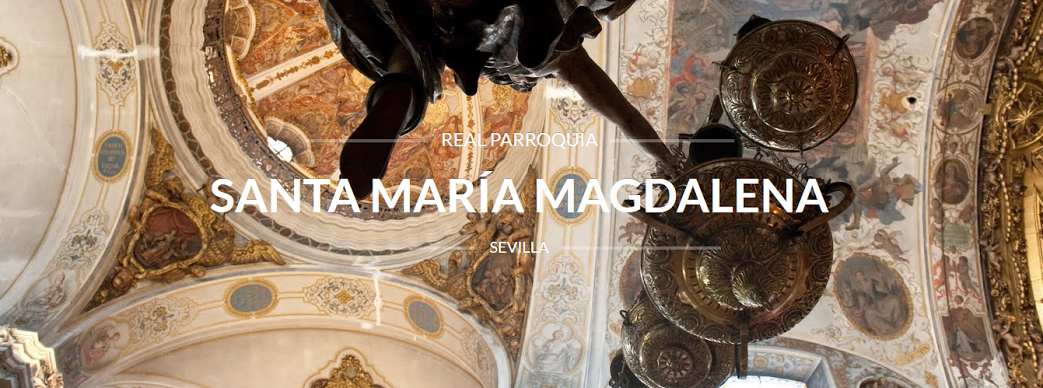
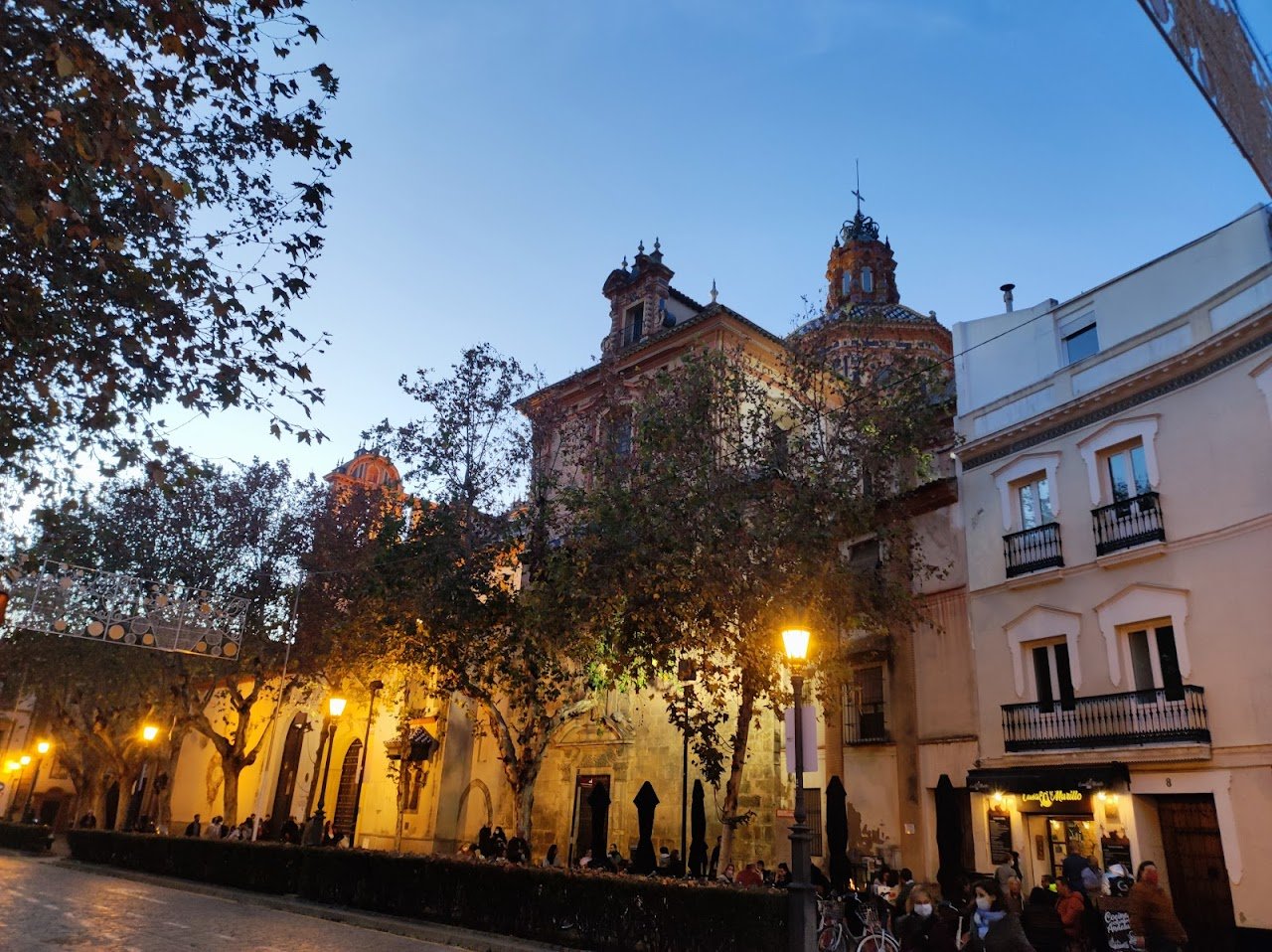
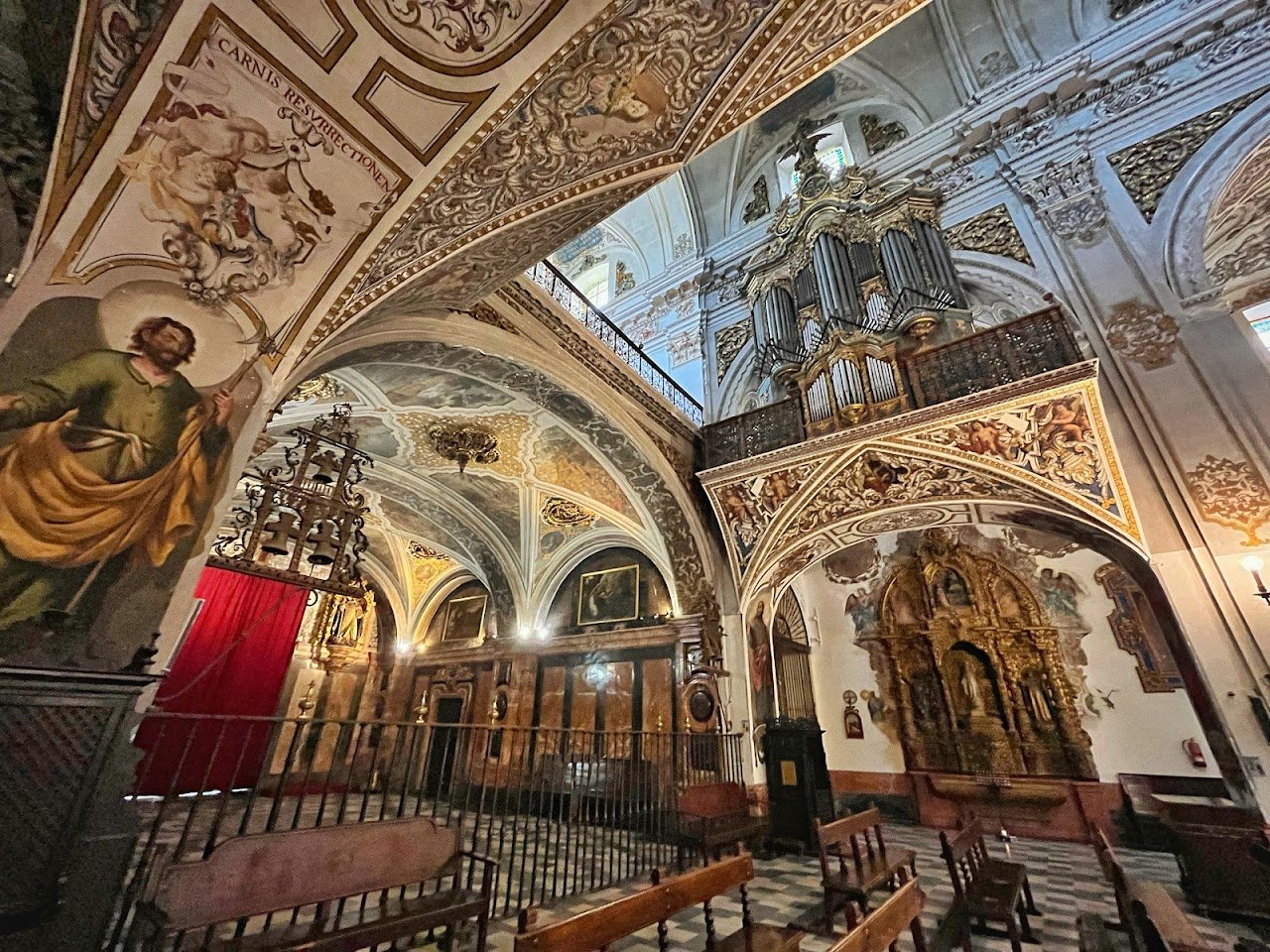
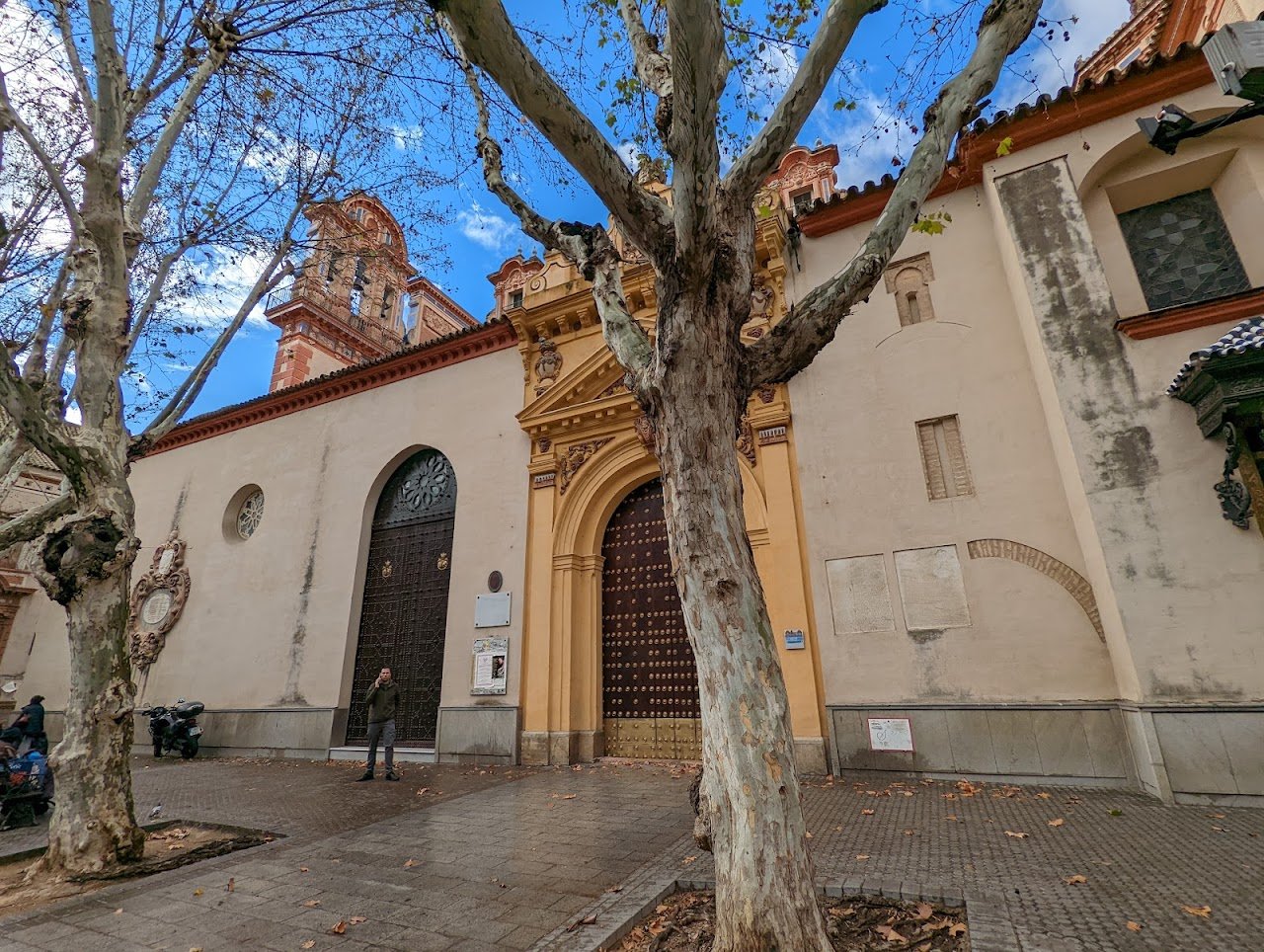
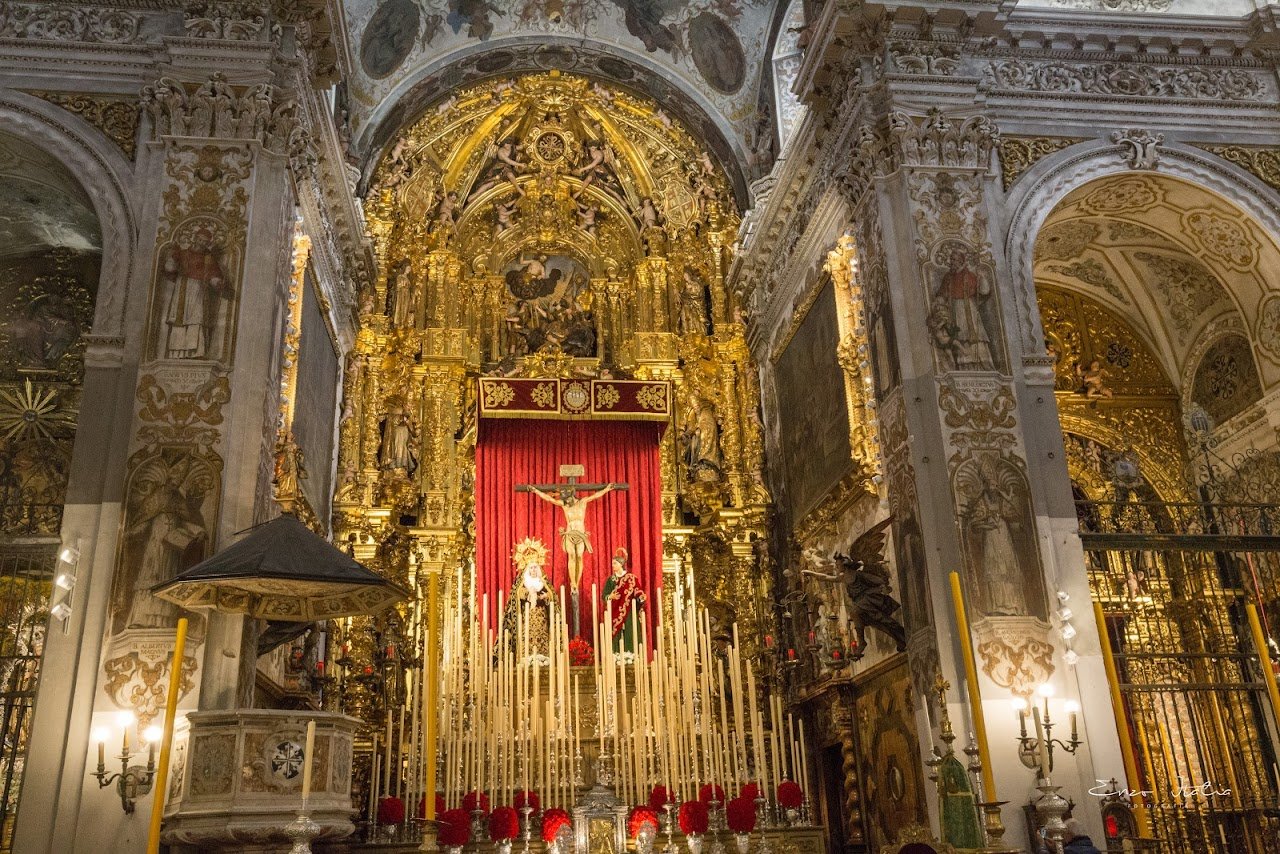
Ask ThatchGPT
Suggest a local expert to plan my trip
Suggest an unique itinerary for my Spain trip
What foods do Spain locals eat
What are some true hidden gems in Spain
Help me brainstorm trip ideas for Spain
Help me plan a family-friendly trip to Spain
What people say
Pedro Pereira
Available for hire
"The old parish church of Santa María Magdalena must have been built on an old mosque. During the reign of King Pedro I, as a result of the strong earthquake of 1355, it was rebuilt in the Gothic-Mudejar style similar to that of other churches in the city of Seville.
In 1692, Leonardo de Figueroa began the construction of the current temple, which was consecrated on 22 October 1724, creating one of the most impressive Baroque temples in the city, with a successful polychromy, the exuberance of the plasterwork and the use of brick and tile.
During the Napoleonic invasion, the city was transformed by widening streets and opening new squares, usually at the cost of convents and churches. In 1811, the old temple was demolished to make way for the current Plaza de La Magdalena, and the church was moved to the convent church of San Pablo el Real, returning to its old temple in 1817. After being demolished in 1842, the parish church was permanently installed in the current temple. The first seat of the Inquisition was located within its walls, and a plaque on its façade recalls that Friar Bartolomé de las Casas was consecrated here as bishop of Chiapas in 1544.
The artistic heritage it houses is impressive for its richness and aesthetic quality. Its spectacular cycle of mural paintings is the work of Lucas Valdés and Clemente de Torres. The main altarpiece is the second largest in the city, after that of the Seville Cathedral. Other side altarpieces house sculptures by Roque de Balduque (Virgin of the Amparo), Juan Bautista Vázquez the Elder (Virgin of the Fevers), Jerónimo Hernández (Resurrected Christ and Child Jesus), Gaspar del Águila (Nazarene of the Fatigues), Juan Martínez Montañés (Saint Joseph with the Child) or Juan de Mesa (Assumption) among others."
Read more in:
Mentioned in these guides
About Real Parroquia de Santa María Magdalena de Sevilla
Get the inside scoop on Real Parroquia de Santa María Magdalena de Sevilla from local experts, travel creators, and tastemakers. Browse genuine trip notes, Real Parroquia de Santa María Magdalena de Sevilla reviews, photos, travel guides, and itineraries from real travelers and plan your trip with confidence.
Website
Phone
Save this spot for later or start mapping out a new trip today
Try our AI Travel Assistant and get instant answers to any questions about your trip.
Ask ThatchGPT
